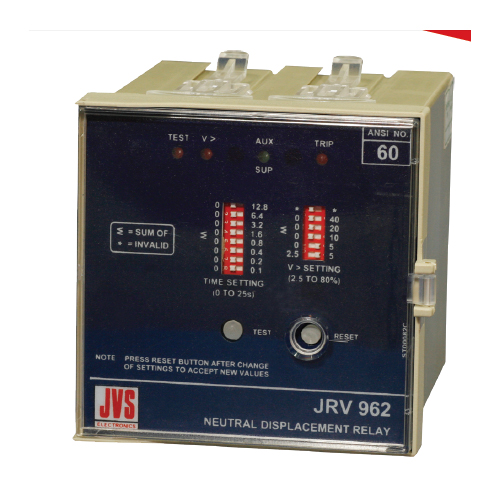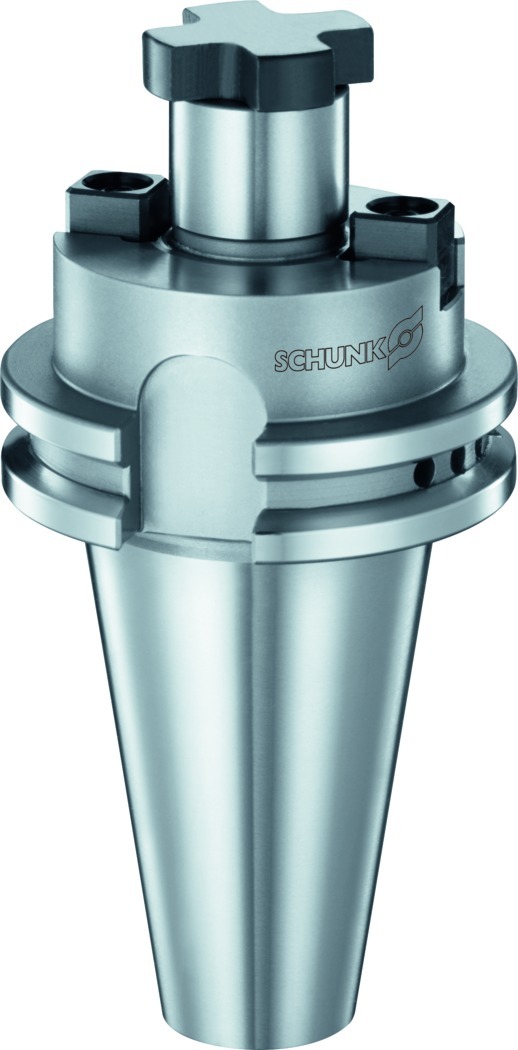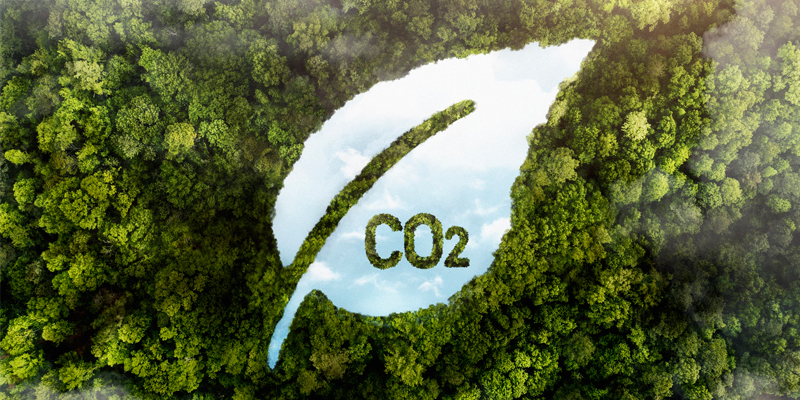Schedule a Call Back
Hyundai - industrial bedrock of South Korea
 Technical Articles
Technical Articles- Jul 04,13
A Norwegian friend of mine tells me that he is more fascinated by German cars and Italian sports varieties, but adds that when it comes to quality and efficiency, the South Koreans know exactly what they are doing.

I descended from my 6th floor room, by a Hyundai elevator, got into a Hyundai bus and was driven along with several other people to the single largest automotive factory in the world - Hyundai's plant in the city of Ulsan on the south-eastern coast of South Korea. En route, we stopped at Hyundai Heavy Industries' (HHI) shipbuilding site wherefrom LNG tankers, drill ships, product carriers, chemical and bulk carriers, passenger ships, etc., are dispatched to clients around the world. At the time we were being driven around the site, about 30 ships were being assembled simultaneously. By over 4000 workers. About 2 million tonnes of steel are consumed by the shipyard annually - almost all of which is sourced from Pohang Steel Company a few kilometres north up the same coast, in the city of Pohang. HHI, which is now 41 years old, has an enviable product portfolio encompassing inter alia, marine vessels of different types (a few have been named above), diesel engines, marine pumps, packaged power plants, excavators, motors, loaders, automotive robots and wind turbines. The HHI employee who briefed us on the photographs and exhibits at the ASAN Memorial Hall, profiling the history of the conglomerate and its founder 'Asan' Chung Ju-Yung, mentioned that Cuba now has the packaged power station supplied by HHI on a postage stamp! Table 1 lists some of the many milestones in the 4-decade-long history of the company.
Table 1: List of some of the many milestones in Hyundai Heavy Industries' 41-year history
1972 | HHI founded |
1986 | Delivers world's biggest ore carrier for Norway |
2000 | Acquires ISO 9001 certificate in all business divisions Marine diesel engine developed |
2002 | Delivers the 1000th ship World's largest floating production unit produced on land |
2007 | Builds world's largest LNG carrier |
2011 | Establishes Green Energy Division Establishes Hyundai Energy and Resources Completes world's largest packaged power station (for Saudi Arabia) |

Hyundai Motor Company (HMC) preceded HHI in time, having been founded in 1967. However, as we stopped at HHI first before embarking on the next leg of the journey to HMC, this article has dwelt on HHI first. HMC, thus, is 5 years older than HHI. With three plants in South Korea (Ulsan, Asan and Jeonju), and seven others abroad in the USA, China, India, Turkey, Brazil, Russia and the Czech Republic, HMC has a total production capacity of about 5 million vehicles (buses + trucks + cars). In year-2012, 4.4 million vehicles were sold by the company. Of these, 668000 were sold in the domestic market, and 3.74 million in the overseas markets. The overseas sales have increased steadily from 2.4 million in 2009 to 2.95 million in 2010 to 3.37 million in 2011. The rate of increase was year-2011 to year-2012 was 11%. Table 2 gives the location-wise split of the production. Table 3 lists some of the milestones in HMC's history starting with its genesis in 1972.
Table 2: Vehicle production (and sale) in year-2012 by HMC - global
Plant location | Units |
Ulsan (South Korea) | 1550000 |
Asan (South Korea) | 294000 |
Jeonju (South Korea) | 60000 |
USA | 361000 |
Turkey | 87000 |
China | 855000 |
Russia | 224000 |
India | 638000 |
Brazil | 27000 |
Czech Republic | 303000 |
Table 3: List of some of the many milestones in Hyundai Motor Company's 46-year history
1967 | Hyundai Motor Company incorporated |
1968 | Mass production of Cortina starts |
1976 | Hyundai Pony launched |
1984 | Excel launched |
1986 | Grandeur launched |
1988 | Sonata launched |
1990 | Elantra and Scoupe launched |
| 1991 | Alpha Engine developed |
1994 | Accent launched |
1995 | Avante launched |
1996 | Cumulative production exceeds 10 million units |
1997 | Turkey plant commences operation |
1999 | Equus, Verna and Traget XG launched |
2000 | Korea's first fuel cell vehicle developed |
2001 | Tuscani, Terracan and Lavita launched |
2003 | World's first ultra high pressure hydrogen storage for fuel cell vehicles developed |
2004 | Exceeds 10 million units in exports |
2005 | Click selected India's Best Car |
2008 | Genesis and Genesis Coupe launched |
2009 | Genesis awarded North American Car of the Year Award |
2010 | Russian plant completed |
2011 | Launch of 5th generation car Azera |
2012 | Hyundai selected as most fuel-efficient brand by the United States Environmental Protection Agency |
2013 | JD Power confers the Vehicle Dependability Study Award to the Sonata |
Order on the shop floor

I have never driven a car but am thoroughly fascinated by the automobile manufacturing process. The order and discipline on the shop floor, robotised or otherwise, ensuring that things move in clockwork precision, and orders are met on time is truly praiseworthy. At the Ulsan plant, assemblers in blue, supervisors in yellow and red, and drivers in purple are easily identified by the colour of their uniforms - working like the bees inside a hive or the ants within an ant-hill. The guide - an employee of HMC, different from the person at HHI - informed us that the workers take 10-minute breaks every two hours to rest and recharge before starting work again. It is common practice, she told us, to have lunch together. The practice which is common in Korean homes, traditionally, is extended to the workplace as well. The assembly line at the Ulsan plant runs for 17 hours everyday, producing about 6000 vehicles daily - at the rate of one vehicle every 10 seconds, and '0.14 vehicle' per employee per day (the workforce is 34,000 strong). Most of these vehicles are destined for the export market. HMC's Ulsan plant has a dedicated pier at which three 50,000 tonne ships owned and operated by a group company Mobis, can dock at the same time, ready to ferry the vehicles to the shores they are destined to reach and countries they are destined to be driven in. The USA, Canada and Latin America on the other side of the Pacific are the major markets for vehicles manufactured at HMC's South Korean facilities.
Strikes are not uncommon in the automotive industry - in fact, they tend to break out every now and then! We were shooed away from two of HMC's units by workers who were on a 'spanners-down' strike, on the way to the single largest factory in the world, which we ultimately got a chance to visit. Not much is known to this writer about the concerns of the workers at HMC, but one may believe that the founder Asan's lofty principles are usually adhered to, and workers' concerns are respected and redressed promptly.
HMC global network
The other manufacturing facilities (named before) abroad cater to the markets in their respective regions. Regional headquarters are located in Egypt, UAE, Oman, Vietnam, Malaysia, USA, Panama and Russia. Sales companies with their own individual networks are to be found in Canada, USA, Spain, France, UK, Germany, Italy, Norway, Russia, China and Japan. Design centres are located in USA (California), Germany (Frankfurt) and Korea, while research and development units are to be found in India (Hyderabad), Japan, China, USA and Germany.
The Hyundai Motor Group is comprised of 33 affiliate companies encompassing automotive, steel, construction, finance and automotive components. As gathered from the guide, apart from engines and transmissions, which HMC manufactures in-house, and also supplies to the likes of Chrysler and Mitsubishi, the component parts are sourced from over 5000 vendors scattered around the globe.
Blue Drive for Green Cars
In its so-called Blue Drive for Green Cars, Hyundai has enhanced overall efficiency, met various fuel economy regulations, reduced vehicle-mass over time and striven to utilize alternate fuel sources - hydrogen, ethanol, compressed natural gas and bio-diesel.
The Double Clutch Transmission System developed by Hyundai and used in Veloster, achieves a 5-6% better fuel economy vis-?-vis the conventional automatic transmission model and the Continuously Variable Transmission. As far as vehicle mass reduction goes, use of magnesium carbon fibre, replacing steel with aluminium, using thinner steel structures and hollow inner structures have been some of the measures taken by Hyundai. HMC began its foray into hydrogen fuel-cell vehicles in 2000, and in 2010, supplied 3rd generation Tucson ix fuel cell vehicle (which can cover over 600 km on a single charge) to the Danish Government for testing in real-world environments. In 2012, small-scale production of this vehicle began. Likewise, its experimentation with hybrid vehicles commenced in 1995, and after County, Click, Verna, Elantra LPi and Sonata, HMC is en route to producing plug-in hybrids by 2015. Starting with the Sonata electric (100%) car in 1991, HMC now has the BlueOn EV, which can go 140 kilometres on a single charge.
And yes, apart from advancing in the direction of designing and manufacturing environment-friendly vehicles, HMC also cares directly for the environment - as evidenced by the fact that the Ulsan factory complex has 590,000 trees!
Five core values
With 'New Thinking, New Possibilities', HMC expects to be a 'Lifetime Partner in Automobiles and Beyond,' 'Together (with clients) for a better future', by adhering to five core values - Customer First, Challenging Performance, Communication and Cooperation, Respect for Talent and Global Orientation. In India for one, Hyundai's strategy of sponsoring cricket tournaments since 2011, has brought the company and its brand closer to the hearts of Indians.
As a Korean student the University of Ulsan - Semo - told me, 'Without Samsung and Hyundai, perhaps, my country would still have been poor.' That is quite true.
Acknowledgements: Dr. Gang Liu, Trondheim (Norway) for the photographs taken on-site
Related Products

Single Pole, Neutral Displacement Relay
JVS Electronics
Pvt Ltd offers a wide range of single pole, neutral displacement relay -
JRV 962.

Face Mill Arbors
Schunk Intec India Pvt Ltd offers a wide range of face
mill arbors.

Hardy - Chassis Mounted Weighing Card for Rockwell PLCs
Kore Mechatronics Private Limited offers a wide range of
hardy - chassis mounted weighing card for Rockwell PLCs.
















